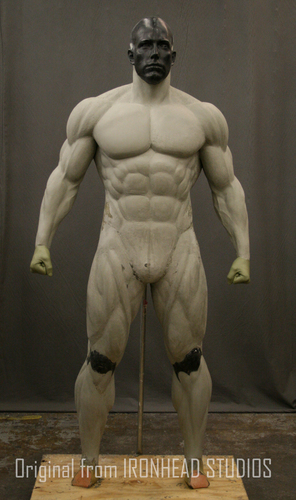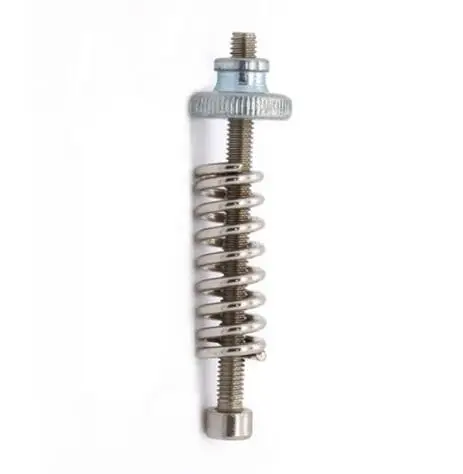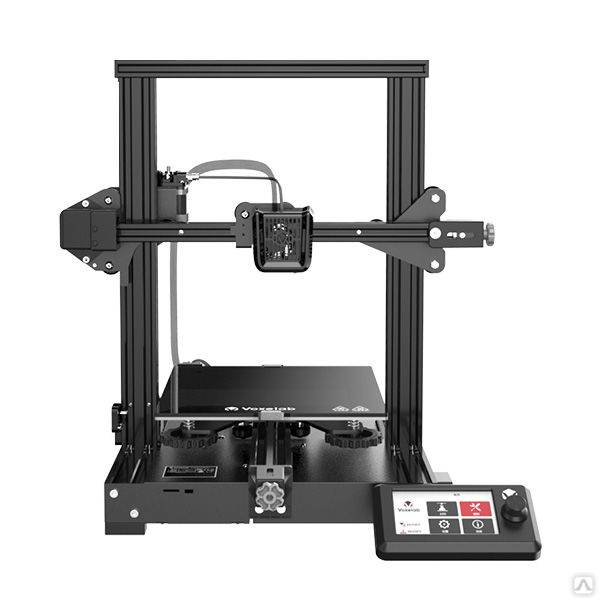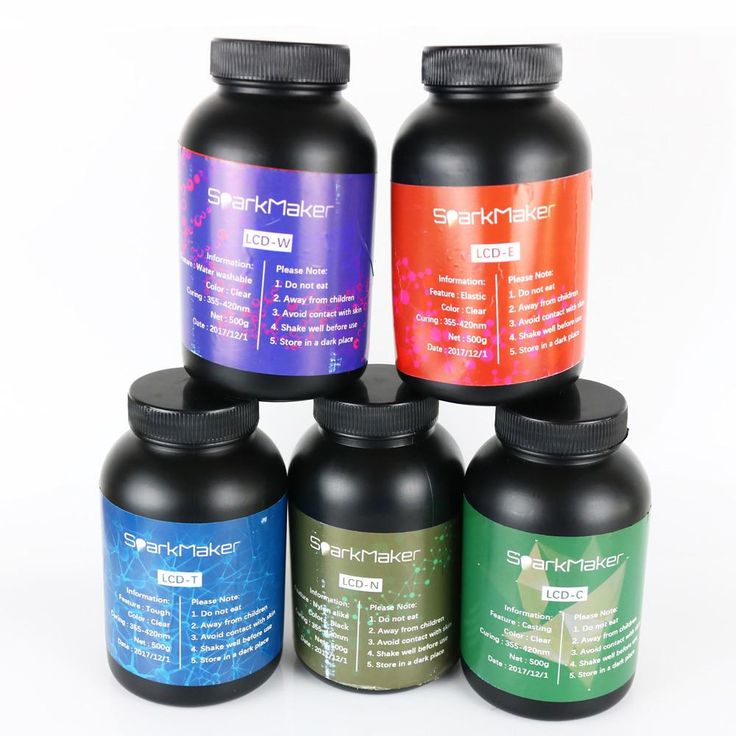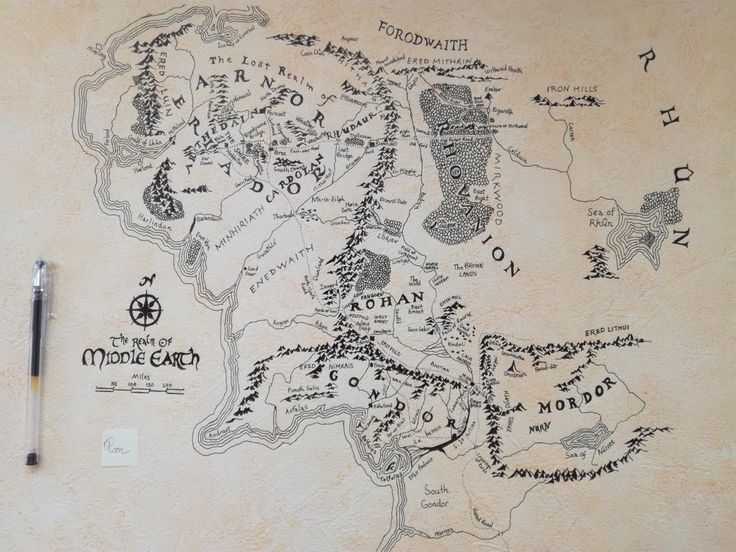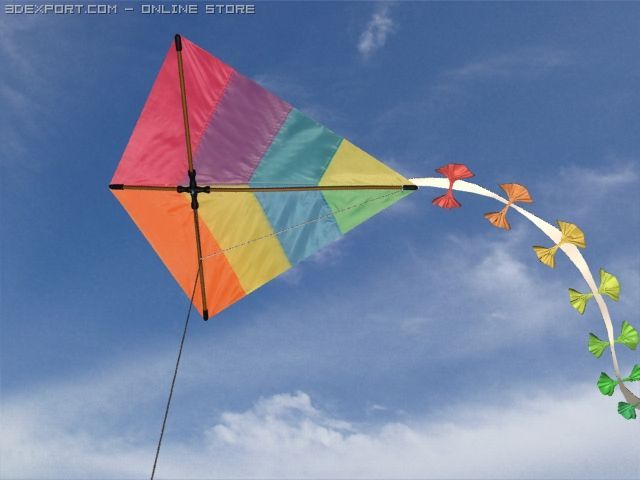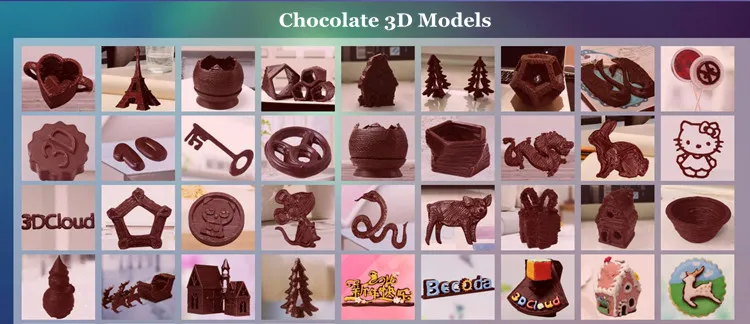$5000 3d printer
The Best 3D Printers Under $5000 For Every Use Case
$5,000 is a sizable chunk of cash and offers a broad scope for ease-of-use functionality, print quality, and advanced convenience features. With these the 3D printing process transforms from a lean, repeatable operation where productivity isn’t dampened by constant troubleshooting suitable for businesses and professionals.
These make 3D printers under $5,000 fertile ground for small businesses, design studios, and engineers looking for professional desktop 3D printers that perform reliably whether for prototyping, development, or the production of end-use parts.
But, as in all segments of the 3D printing market, there’s a vast range of options out there. The printers on our list represent the cream of the crop of the best 3D printers under $5,000 with the aim of steering you towards the best printer for your needs.
Top Picks
Best 3D Printers Under $5000 – Full Round-Up
BCN3D Sigma D25: Best 3D Printer Under $5000 for Prototyping
Ultimaker S3: Best 3D Printer Under $5000 for Broad Material Compatibility
Form 3+: Best Resin SLA 3D Printer Under $5000
Modix Big 60: Best Large Format 3D Printer Under $5000
Raise3D E2CF: Best 3D Printer Under $5000 for Carbon Fiber
Makerbot Method X: Best 3D Printer Under $5000 for ABS
Best 3D Printer Under $5000
BCN3D Sigma D25 – Best 3D Printer Under $5000 for Prototyping
- Price: $3,995.
00 – Available at Dynamism here / Matterhackers here
- Printing Technology: FDM
- Build Volume: 420 x 300 x 200 mm
- Layer height: 50 – 500 microns
- Max Nozzle Temperature: 300°C
- Max Bed Temperature: 80°C
- Filament Compatibility: PLA, PETG, TPU, PVA, BOVH
- Connectivity: SD Card, Wi-Fi, Ethernet
Designed by Spanish manufacturer BCN3D, the Sigma D25 stands among the best 3D printers under $5000 because it has an independent dual extruder system (IDEX), effectively allowing you to print using two different materials, colors, or with soluble supports at the same time.
In turn, this translates to more complex prints, which makes this printer a top choice for functional prototyping and soluble supports, which result in better surface on parts, useful for low tolerance applications like end-use parts in the automotive or aerospace industries.
It’s built around a sturdy aluminum frame and large 420 x 300 x 200 build volume to make the most of its IDEX capabilities for the production of large-scale parts. All this in a machine with a footprint and format that remains decidedly desktop-sized.Printing tests on the Sigma D25. Credit: Juanjo Chacón
Elsewhere, the $4,000 asking price has been put towards ease of use and productivity – automatic calibration, preset configurations for different filament types, and a software ecosystem with the latest connectivity features. The latter includes a slicer for prepping models and a seamless cloud platform for transferring files across a business in the blink of an eye.
Over to material compatibility and the BCN3D Sigma 25’s open-front frame limits it to PLA, PVA, PETG, BVOH, and TPU, with BCN3D recommending the use of its own filaments, developed in coordination with Mitsubishi Chemical and BASF.
Curiously, the Sigma 25’s nozzle is geared for high temperature filaments reaching a piping hot 300° C, but the lack of an enclosed chamber makes printing with Nylon, for example, tricky.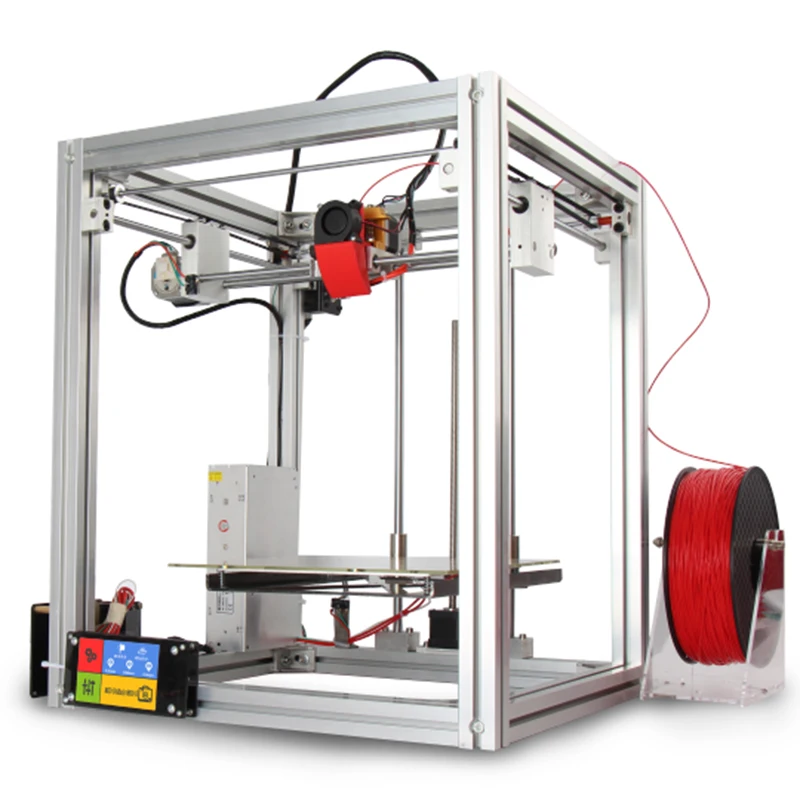 In that case, an enclosed printer like the Raise3D E2 is a more prudent choice.
In that case, an enclosed printer like the Raise3D E2 is a more prudent choice.
Ultimaker S3 – Best 3D Printer Under $5000 for Broad Material Compatibility
- Price: $4,395.00 – Available at Dynamism here / Matterhackers here
- Printing Technology: FDM
- Build Volume: 230 x 190 x 200 mm
- Print Speed: 24 mm³/s
- Layer height: 20 – 600 Microns
- Max Nozzle Temperature: 280° C
- Max Bed Temperature: 140° C
- Filament Compatibility: ABS, PLA, Nylon, CPE, PC, TPU, PVA, PP, Carbon Fiber, Glass, and more
- Connectivity: USB, Wi-Fi, Ethernet
A pint-sized powerhouse by Ultimaker’s own description, the S3 has everything to deliver durable, accurate parts ranging from pre-fabrication mockups, functional parts, tools, prototypes, and proof-of-work concepts to name a few.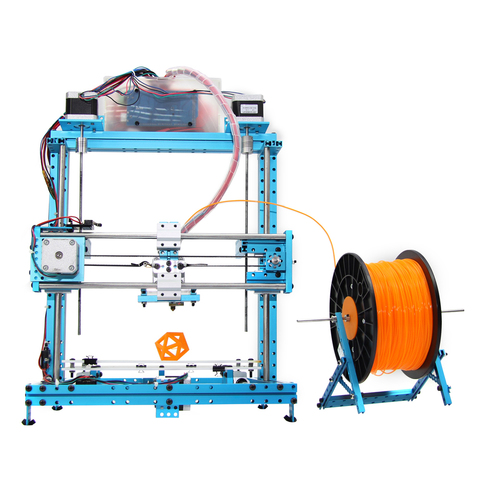
Much of this is down to the Ultimaker S3 pairing effortlessly with an extensive range of filament types, including glass and carbon fiber composites. The S3 achieves this through a drop-in print core system, with each core specifically designed for specific materials, whether abrasives, flexibles, or your garden variety PLA. Coupled with this is a semi-enclosed chamber, that though open at the top, is designed to maintain internal temperatures sufficiently to cater to all types of heat sensitive filaments.
Ultimaker has gone a step further and fitted its own brand filament with NFC chips that sends configuration details automatically to the printer, cutting down on setup time and optimization for reliable, accurate, and repeatable results – whether you’re using ABS or glass.Printing face shields on the S3. Source: Twitter
Quality of life features are available in droves. There’s automatic bed leveling, a large touch screen interface, integration with Ultimaker Cura (and even industrial management options for businesses), and plugins that allow you to pair the printer effortlessly with CAD software like SolidWorks and Autodesk Inventor, among others.
The Ultimaker S3 leaves a little to be desired in build volume, with a meager 230 x 190 x 200 mm, about average for budget printers, but small for the price paid.
What this means is that the Ultimaker S3 isn’t the best suited to batch printing or as part of a small scale manufacturing operation. For those applications, printers like the BCN3D Sigma D25 and Modix Big 60 are better options.
Form 3+ – Best Resin SLA 3D Printer Under $5000
- Price: $3,750.00 – Available at Dynamism here
- Printing Technology: Resin SLA
- Build Volume: 145 x 145 x 185 mm
- Layer height: 25 – 300 Microns
- XY Resolution: 25 Microns
- Filament Compatibility: General purpose, engineering, dental, jewelry, flexible, speciality, and medical resins
- Connectivity: USB, Wi-Fi, Ethernet
The Form 3+ is the one and only SLA resin printer on our list of the best 3D printers under $,5000.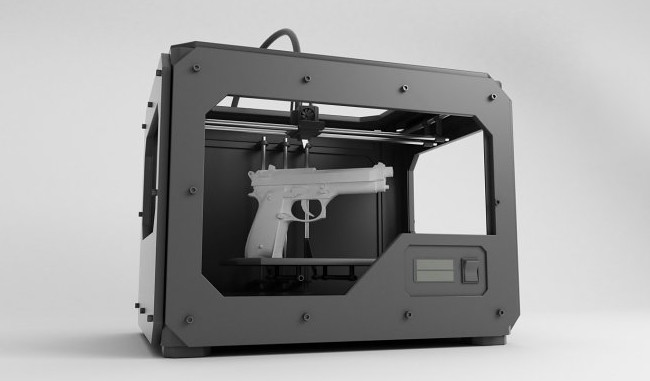 As with all resin printers, the benefit here is precision and the capacity to produce high-detail, feature-rich prints with flawless surface finish.
As with all resin printers, the benefit here is precision and the capacity to produce high-detail, feature-rich prints with flawless surface finish.
We’re talking an XY resolution of 25 microns and layer thickness ranging from 25 microns to 300 microns – suitable for high precision prints for dentistry, engineering, low tolerance end parts, prototyping, and the production of premium-grade miniatures for commercial ends.
The compromise here is a comparatively small 145 x 145 x 185 mm build volume, which does limit productivity somewhat especially compared to large format printers like the Modix Big 60. That said, the capacity here is relatively average from what we’ve come to expect from resin printers, even professional-grade models.A 3D model in clear resin printed in Form 3+. Source: Reddit
One of the biggest complaints thrown at resin printers is their slow speed. With the Form 3+ some clever software and hardware wizardry cuts down on print times. In particular, it’s a combination of FormLabs’ Adaptive Layer Thickness (which tunes prints to use thicker layers where appropriate to speed up print times), tuned settings for most types of resin, and finer calibration and stabilization between the light source and build plate to ensure resin is cured when and where it matters to reduce print times.
Worth mentioning as well is the Quick Release Technology on the build platform. Pull two leavers to flex the plate and release prints with little effort. In the same vein, the Form 3+ ‘s improved light touch support structures are designed to detach with little effort from parts to reduce post-processing time.
The printer also includes a swappable resin cartridge and tank system for hassle-free material management with 35 specialty resins for a range of applications and industries on offer. Remote print monitoring and management, and automated temperature control in the print chamber round off the printer’s convenience features.
Modix Big 60 – Best Large Format 3D Printer Under $5000
- Price: $4,500.00 – Available at Dynamism here / Matterhackers here
- Printing Technology: FDM
- Build Volume: 600 x 600 x 660 mm
- Layer height: 40 microns
- Max Nozzle Temperature: 285°C (500°C with upgrade)
- Max Bed Temperature: 120°C
- Filament Compatibility: PLA, ABS, Carbon fiber, Wood, Copper, Brass, Magnetic, PHA, PVA , Hips, Nylon, TPE, TPU, PC, PETG
- Connectivity: USB, SD Card, Wi-Fi
The Modix Big 60’s defining feature is a huge 600 x 600 x 660 mm, which positions it as one of the best 3D printers under $5000 for the production of end use parts, full-sized prosthetic, large prototypes, and general productivity.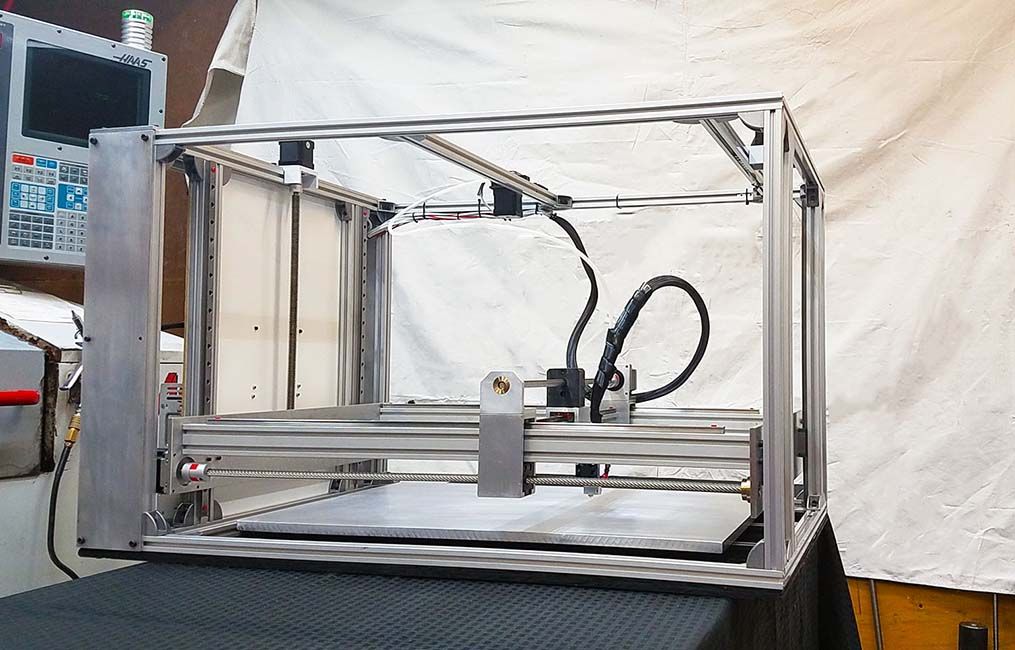
Such a size means the Modix Big 60 can no longer be classified as a desktop-format printer and takes on a large footprint. A point to consider if you’re working in a small lab or design studio.
The Modix Big 60 comes fully enclosed, lining it up for compatibility with a vast range of filament types, including stables like PLA and ABS, as well as more exotic and abrasive materials like carbon fiber, Nylon, HIPS, Wood-fill, Brass-fill, and plenty more beside. An upgraded PT-1000 temperature sensor add-on is available which will boost the max nozzle temperature to 500° C, further boosting compatibility to even the most challenging materials.Parts printed in grey PLA filament. Source: Twitter
Throughout the Modix Big 60 you’ll find high-quality components. Running from the Hiwin MGW motion rails and premium powder coated laser cut chassis to the aluminum composite panels, the printer is built like a tank, but also has a light touch for those precision prints with a 40 micron layer height.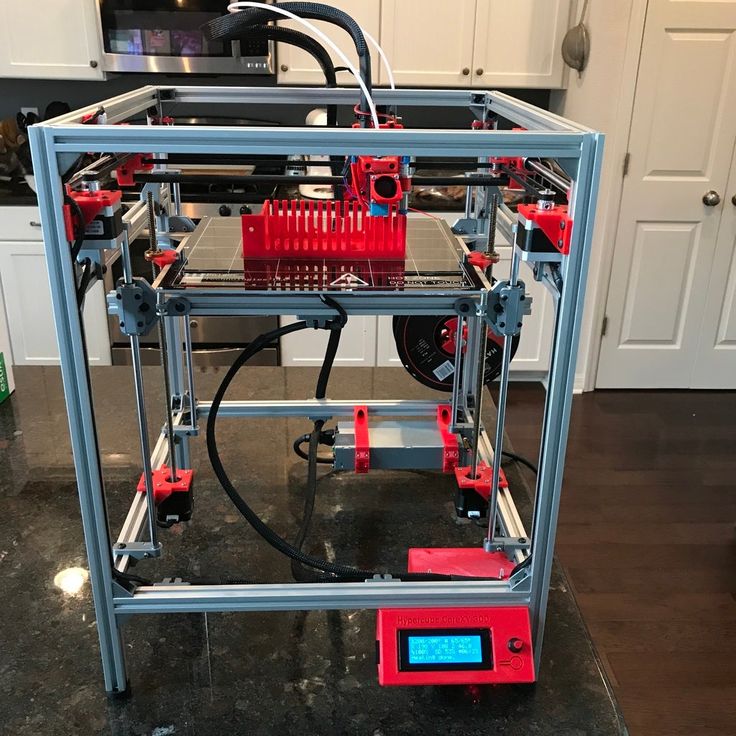
There’s also 100-point mesh automatic bed leveling, Wi-Fi connectivity, large 7” touch screen, milled cast aluminum print bed, and bespoke dual Griffin print heads paired with custom Bondtech extruders and custom hot ends. The latter allows for multi-material and multi-color printing.
If the standard configuration isn’t to your liking, Modix offers a wealth of options and add-ons you can pick and choose from to configure the perfect Big 60 for your needs. These include high temperature nozzles, different hot end, print surfaces, casters, air filters, and much more.
Raise3D E2CF – Best 3D Printer Under $5000 for Carbon Fiber
- Price: $4,499.00 – Available at Dynamism here / Matterhackers here
- Printing Technology: FDM
- Build Volume: 330 × 240 × 240 mm
- Print Speed: 30-150 mm/s
- Layer height: 100 – 250 microns
- Max Nozzle Temperature: 300°C
- Max Bed Temperature: 110°C
- Filament Compatibility: Carbon Fiber, PLA, ABS, HIPS, PC, TPU, TPE, NYLON, PETG, ASA, PP, PVA, Glass Fiber Infused, Carbon Fiber Infused, Metal Fill, Wood Fill
- Connectivity: USB, Wi-Fi, Ethernet
The Raise3D E2CF’s independent dual extruder capabilities mean it deserves a spot on our list of the best 3D printers under $5000, but it’s the fact the printer has been optimized for carbon fiber printing is what makes it stand out from the crowd.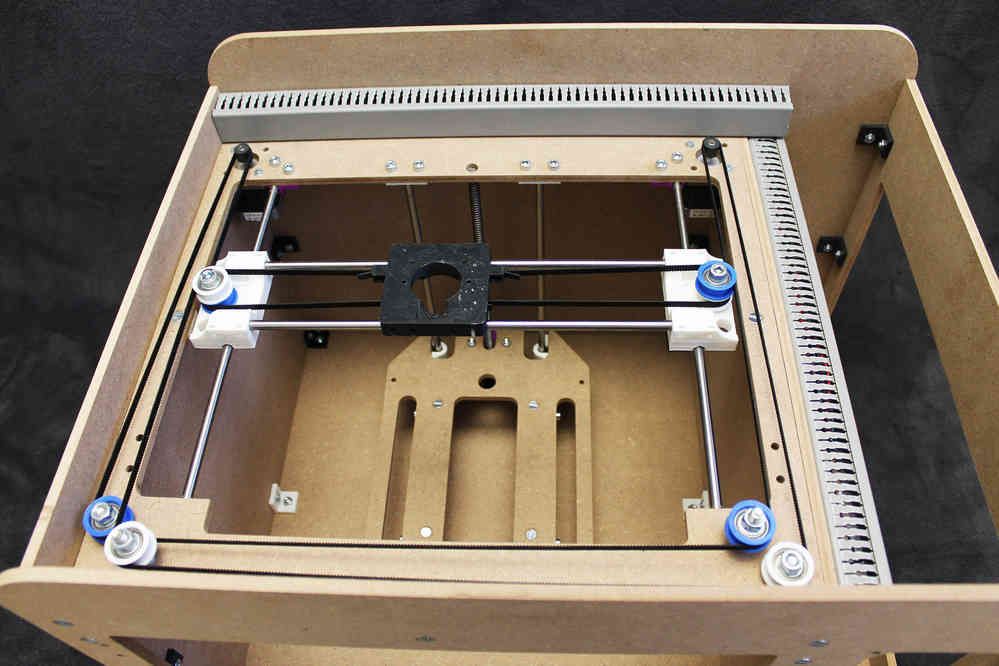
The Raise3D E2CF takes all of the convenience and hassle-free printing of the original E2, tuning them to pair with manufacturing, prototyping, medicine, and aviation/automotive/aerospace end-use parts made from carbon fiber.
It has high durability silicon carbide nozzles able to withstand the abrasive qualities of carbon fiber and CF composites. This tuning for carbon fiber also extends to the dual extruder system, a direct drive one no less, with gears produced using high-hardness steel and put through heat treatment to keep wear to a minimum, and a custom gear tooth profile to ensure the printer always has a sturdy and confident grip of the filament to guarantee reliable print quality.Printing overhangs on the E2CF. Source: Raise3D Technologies
The Raise3D E2CF also has an aluminum frame that props up a sealed enclosure with an in-built air filtration system, once again tuning it to carbon fiber printing and boosting safety in the process. The printer also features a built-in suspended filament dry box that mounts on the side of the printer, saving vertical space, but also ensuring smooth filament delivery and protecting material from external elements like moisture and dust.
Other convenience features include automatic bed leveling, a flexible build plate for easy print removal, Easy Swap Print Heads to easily change nozzle type and size to suit different projects and materials, power loss recovery, automatic print pausing when the door is open, and a 7” touch screen.
A smallish 330 × 240 × 240 mm print volume lets down the offering somewhat – we’re approaching what we’d expect from consumer-grade printers at a fraction of the cost. If carbon fiber printing isn’t all that important a feature, you’re likely better served with a larger format printer like the Modix Big 60 or BCN3D Sigma D25.
Makerbot Method X – Best 3D Printer Under $5000 for ABS
- Price: $4,874.00 – Available at Dynamism here / Matterhackers here
- Printing Technology: FDM
- Build Volume: 152 x 190 x 196 mm
- Layer height: 20 – 400 Microns
- Max Nozzle Temperature: 300°C
- Max Chamber Temperature: 110°C
- Filament Compatibility: PLA, PETG, Nylon, Carbon Fiber, ABS, PLA, PC, ASA, PETG, PVA
- Connectivity: USB, SD Card, Wi-Fi, Ethernet
If you’re looking to produce manufacturing parts and production parts using ABS, then the MakeBot Method X is one of the best options for under $5000. It features dual extruders, propped up by industrial-grade design from MakerBot owner Stratasys, to produce flawless prints while maintaining fast print speeds.
It features dual extruders, propped up by industrial-grade design from MakerBot owner Stratasys, to produce flawless prints while maintaining fast print speeds.
The MakerBot Method X is teeming with advanced features and technologies that take a step towards bringing the convenience of desktop-prints to professional applications and industries with results that adhere to the most demanding industrial standards.
The two extruders are crucial for producing complex industrial-grade parts, juggling ABS and soluble supports simultaneously. The Method X comes with MakerBot’s proprietary RapidRinse supports, which are water soluble, dissolving in a matter of minutes to speed up post-processing.Printing a part on the MakerBot Method X. Source: Reddit
A Circulating Heated Chamber, as MakerBot coins it, ensures the chamber maintains a stable and even thermal temperature, reaching 110° C rapidly. This foregoes the usual heated build plate, which MakerBot estimates provide optimal print conditions from the first layer to the last.
The MakerBot Method X features a filament compartment to protect and feed filament to the printer seamlessly. It’s equipped with a range of sensors to keep the material in peak condition for printing while also relaying how much filament is available. The SmartAssist Material Loading system automates the loading process and it’s a case of simply dropping the spool into the compartment.
The printer comes sided by a host of convenience features ranging from cloud printing, a capacitive touch screen, automatic bed leveling, 15 patented environmental control features, a flexible build surface, built-in camera for remote monitoring, and interchangeable hardened nozzles should you want to use exotic or abrasive filaments like carbon fiber, Nylon, and more.
Best 3D Printers Under $5000 – Buyer’s Guide
Build Volume
At $5000, we’re looking at printers with typically larger build volumes, best illustrated by the Modix Big 60’s massive 600 x 600 x 660 mm capacity, which dwarfs entry-level consumer-grade printers.
What this extra space allows is for not just larger individual prints, but batch printing, a feature that lends itself well to professional applications, especially the production of end-use parts for commercial ends. That said, you can still print small end-use parts, prototypes, and proof-of-concept projects on small printers like the E2 and Ultimaker S3.
Print Technology
Though there are several underlying technologies that power 3D printers, the most common are FDM and SLA.
FDM stands for fused deposition modeling, which is the typical technology where an extruder feeds filament through to a hot end where it’s melted before being deposited by the nozzle on top the print surface.
SLA, or Stereolithography, sees liquid resin cured by targeted UV light layer by layer. Each has their pros and cons.
On a per-part basis, FDM printers are faster, but resin printers are faster at batch printing because they cure an entire layer at the same time. This means that whether you’re printing one part or ten as part of batch print, the print time is identical. On the other hand, an FDM printer must deposit filament for all ten parts across the build surface, which naturally takes longer.
On the other hand, an FDM printer must deposit filament for all ten parts across the build surface, which naturally takes longer.
Resin printers are capable of higher precision prints, which makes them popular for low tolerance prototyping and precise applications like jewelry production and dentistry. FDM printers are favored for rapid prototyping and design work, and prized among hobbyists for being easy to use and affordable.
Nozzle Temperature
One of the major differences between hobby budget printers and $5000 is nozzle temperature. The benefit is that a printer capable of reaching a higher temperature can print using high temperature filaments like ABS, Nylon, carbon fiber, and other tough/abrasive filaments.
Sources: Modix3D & Raise3D300°C is a common nozzle temperature among the best 3D printers under $5000 and is recommended if you need the option of using a broader range of filament types. A printer with an enclosure is also a must-have when working with filament like ABS and Nylon, which benefit from the stable thermal environment offered by chambered 3D printers.
Bundled Software and Workflow
The main benefit of $5,000 printers is their focus on convenience and ease-of-use, something that is best reflected in the quality of the bundled software. Quality software is designed to accompany the printer to foster a streamlined workflow suited to businesses short on time and in need of repeatable results.
Dual Extruders
Dual extruders are a common feature found on the best 3D printers under $5,000. This configuration allows the printing of multiple colors, different materials, soluble supports, and in different modes such as mirrored and duplicated.
Not only does this speed up print times when batch printing, but allows for more advanced prototyping thanks to a broader set of printing options to iterate and improve on designs and concepts with ease.
Applications
Though you’ll find general-purpose 3D printers under $5000, many are geared for a specific application. This could be prototyping, dentistry, healthcare, product design, or small scale manufacturing to name a few. Unless you need a printer that does a bit of everything, then we recommend gravitating towards options that match your application plans, industry, or field.
Unless you need a printer that does a bit of everything, then we recommend gravitating towards options that match your application plans, industry, or field.
You may also be interested in:
- Ranking Dual Extruder 3D Printers & Upgrades
- Top of The Line Large 3D Printers For All Budgets
- The best commercial and professional 3D printers for industry
- The best 3D printers for small business
- The best industrial 3D printers buyer’s guide
- Large resin 3D printer buyer’s guide
The XXL FDM 3D Printers Under $5,000
Published on March 26, 2022 by Alexandrea P.
3D printing of large parts is now possible in several different ways: since the machines are limited by the size of their build plates, it is possible, for example, to design several parts and then assemble them. This solution obviously adds a step to the production process. It is in this sense that some manufacturers have imagined larger build platforms, allowing for more generous printing volumes and the creation of large parts in one go. The XXL 3D printers currently available are numerous, with technologies and prices that vary according to the needs. Today we will focus on Plug&Play FDM machines that offer a print volume of at least 25 liters, all for less than 5,000€. They are listed below in ascending order, according to their printing volume.
The XXL 3D printers currently available are numerous, with technologies and prices that vary according to the needs. Today we will focus on Plug&Play FDM machines that offer a print volume of at least 25 liters, all for less than 5,000€. They are listed below in ascending order, according to their printing volume.
The Duplicator 5S from Wanhao
Aimed at professionals, the Duplicator 5S was launched by U.S. manufacturer Wanhao in 2014 and is the first of the XXL 3D printers on our list. With a print volume of 290 x 190 x 590 mm, the machine incorporates a Bowden extruder, which is lighter than most extruders and increases the print speed to 300 mm/s. In addition, the Duplicator 5S is equipped with a cooling fan to avoid distortion problems. Fully assembled and ready to print, the 3D printer is capable of supporting PLA, nylon 645, PVA and ABS. Regarding the software required for printing, the manufacturer explains that it has updated its Wanhao Maker program, and confides that it is now accessible to all.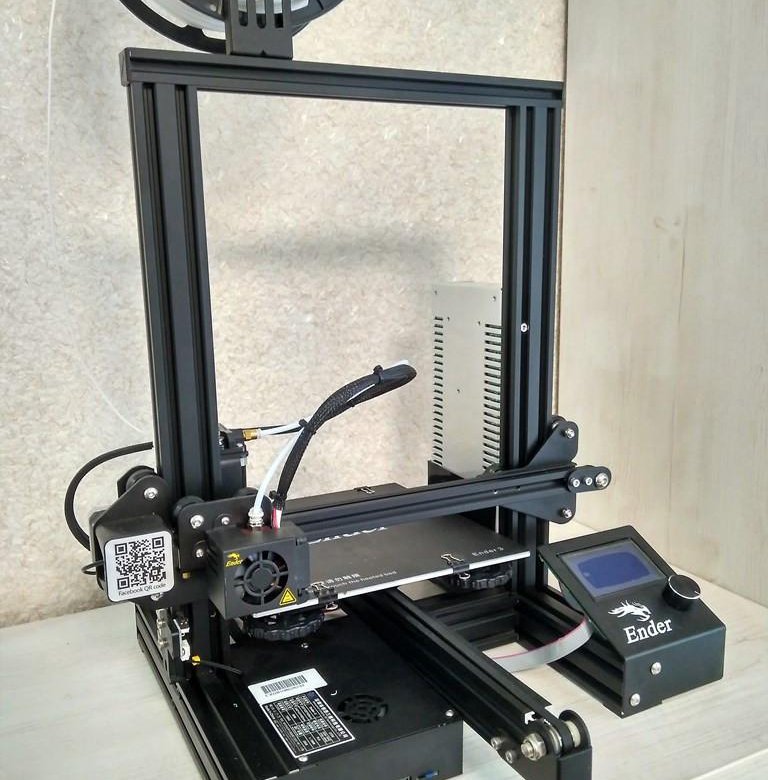 For those who would like to buy the 3D printer, the Duplicator 5S is available on the Wanhao website from €1,210.
For those who would like to buy the 3D printer, the Duplicator 5S is available on the Wanhao website from €1,210.
The Sigma D25 from BCN3D
The Spanish manufacturer BCN3D has a wide range of desktop FDM 3D printers. Among them, we can find its Sigma line and in this particular case, we want to highlight the Sigma D25. This machine has a 3D printing volume of 420 x 300 x 200 mm, which translates into a total of 25.2 Liters, hence its name. With this generous manufacturing capacity, the Sigma D25 integrates the Barcelona-based company’s IDEX technology, which consists of double extrusion of material depending on the type of printing mode: Duplication, Mirror, Soluble Supports and Multimaterial. Among other features, this XXL machine has automatic calibration, aluminum frame, control screen, end-of-filament detector and integrates the BCN3D Stratos laminator. The Sigma D25 is available for a starting price of €3495.
The M300 Plus from Zortrax
The Zortrax M300 Plus is a high performance machine with a large build volume (300 x 300 x 300 mm), ideal for printing large parts at once.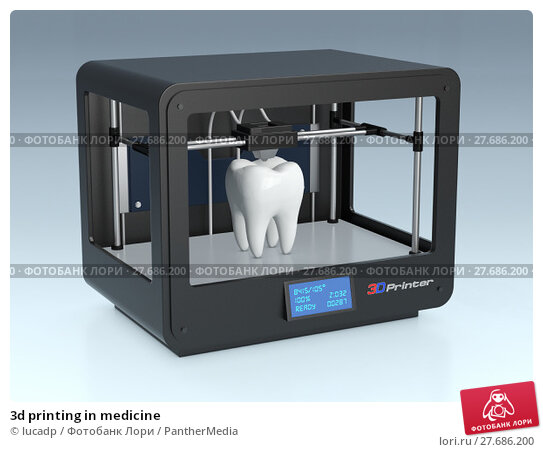 With it you get an accuracy of up to 90 microns and it is very easy to use. In addition, it is equipped with a touch screen, a control camera, an end-of-material detector and WiFi connection, all new features that, together with the Z-Suite software, allow remote management. This remote control will allow you to manage, start and monitor your 3D prints from your computer. If, after reading this, you are interested in getting your hands on it, you should know that its price is around €3,300.
With it you get an accuracy of up to 90 microns and it is very easy to use. In addition, it is equipped with a touch screen, a control camera, an end-of-material detector and WiFi connection, all new features that, together with the Z-Suite software, allow remote management. This remote control will allow you to manage, start and monitor your 3D prints from your computer. If, after reading this, you are interested in getting your hands on it, you should know that its price is around €3,300.
The Pro2 from Raise3D
The Pro2 is the base model from Raise3D’s award-winning Pro2 series. This dual extruder XXL 3D printer has a large build volume of (12×12×11.8 inch / 305×305×300 mm) or 27.9L and has been created for professional 3D printing applications, including manufacturing and rapid-prototyping. Thanks to this, it has a number of interesting features including a metal build plate for even heat distribution, a 7-inch touch screen for efficient monitoring and a HEPA air filter for safer printing. It is also both ISO 9001 and ISO 14001 certified and capable of printing filaments up to 300C including but not limited to PLA, ABS, HIPS, PC, TPU, TPE, PETG, Nylon and PP. The Pro2 is available from a base price of $3,999.00 (€3,499.00) which also includes a 1-year limited warranty.
It is also both ISO 9001 and ISO 14001 certified and capable of printing filaments up to 300C including but not limited to PLA, ABS, HIPS, PC, TPU, TPE, PETG, Nylon and PP. The Pro2 is available from a base price of $3,999.00 (€3,499.00) which also includes a 1-year limited warranty.
The X3045 from CoLiDo
Surpassing the stability and reliability of the original, the CoLiDo X3045 Duo uses a dual-feed print head to create large multi-color, multi-material 3D prints, which brings numerous possibilities to your printing and makes 3D printing with this printer go beyond limitations. Its incredible construction volume of 300 x 300 x 450 mm allows you to make industrial type prints. You can purchase the incredible Colido printer for approximately €2300.
The F410 from Fusion3
The American manufacturer Fusion3 offers several FDM 3D printers; among them is the F410, a machine that offers a printing volume of 36. 9 liters. It offers a printing speed of 250 mm / s, a heating plate of 140 ° C and a closed chamber that can reach 45 ° C. It is compatible with a wide range of thermoplastics, from PLA to the most flexible materials through ABS and PETG. Three different printheads are available to meet the requirements and needs of users. The machine is available from €4,540 which makes it the most expensive solution of our selection.
9 liters. It offers a printing speed of 250 mm / s, a heating plate of 140 ° C and a closed chamber that can reach 45 ° C. It is compatible with a wide range of thermoplastics, from PLA to the most flexible materials through ABS and PETG. Three different printheads are available to meet the requirements and needs of users. The machine is available from €4,540 which makes it the most expensive solution of our selection.
The Z3 from Zaxe
Launched just last year, the professional XXL FDM 3D printer Z3 marked Turkish company Zaxe’s move to the international stage after great success in its home country. The Z3 has a build volume of 400x300x350mm, or 42L, and is the largest printer currently offered by Zaxe. Due to the fact that it is a professional FDM printer, it also has a number of useful features of users including fully automatic print calibration, a more flexible printing surface and a HEPA filter. It is compatible will all standard 3D printing filaments and has a max printing speed of 300 mm/sec.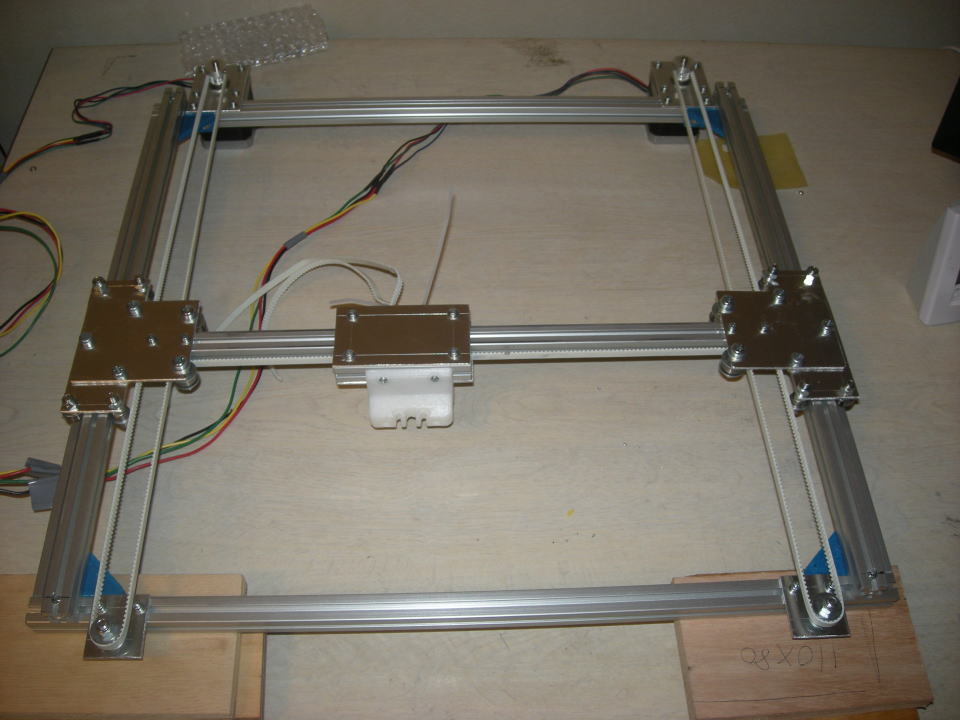 The Z3 is available from a starting price of €2,790.
The Z3 is available from a starting price of €2,790.
The Original Prusa XL
Developed by Prusa Research, a 3D printer manufacturer located in the Czech Republic, the Original Prusa XL has a print volume of 360 x 360 x 360 mm. This extrusion machine was released in 2021 and is capable of handling standard thermoplastics as well as engineering-grade materials. The Original Prusa XL has a CoreXY structure to eliminate stresses such as vibration and incorporates a next-generation extruder called the Nextruder. Finally, the machine is equipped with an optional tool changer with 5 independent heads and an automatic calibration of the first layer. On the manufacturer’s website, the 3D printer is sold at a price of €2,099.
The Big 60 V2 from Modix
If we’re talking about XXL 3D printers, then of course the Big-60 V3 from Modix can’t be missing from our list! Launched in 2017, this 3D printer is already in its third version and offers an optimal competitive mix between large build volumes, high-quality components and an affordable price. Unlike its previous versions, the Big-60 V3 3D printer features quite a few improvements and specifications: the kit, delivered for self-assembly, has a print volume of 600 x 600 x 600 mm with a machine size of 906 x 1060 x 1,356 mm. In addition to a 12-month warranty and lifetime support, using Modix’s Big-60 V3 also benefits from the closed chamber, which keeps heat around the 3D-printed part and improves rigidity. Print failures are also reduced with this version.
Unlike its previous versions, the Big-60 V3 3D printer features quite a few improvements and specifications: the kit, delivered for self-assembly, has a print volume of 600 x 600 x 600 mm with a machine size of 906 x 1060 x 1,356 mm. In addition to a 12-month warranty and lifetime support, using Modix’s Big-60 V3 also benefits from the closed chamber, which keeps heat around the 3D-printed part and improves rigidity. Print failures are also reduced with this version.
Did this list of the best XXL 3D printers help? Let us know in a comment below or on our Facebook and Twitter pages! Don’t forget to sign up for our free weekly Newsletter, with all the latest news in 3D printing delivered straight to your inbox!
Sintratec Introduces Cheapest $5,000 SLS 3D Printer
Archive
Subscribe Author
Subscribe
Don't Wanna
1
900starter Systems announced that Norge 3-Dick Systems will be introducing two inexpensively soon Selective Laser Sintering (SLS) Ice1 and Ice9 printers start at $13,000. You might not think that this is a small amount, but compared to the six and seven figures that other SLS 3D printers are priced at, Norge Systems seems to be a real reformer. However, this company is not the only one on the market. The young Swiss company Sintratec is also working on an SLS 3D printer, the cost of which will be significantly lower than that announced by Norge Systems. nine0003
You might not think that this is a small amount, but compared to the six and seven figures that other SLS 3D printers are priced at, Norge Systems seems to be a real reformer. However, this company is not the only one on the market. The young Swiss company Sintratec is also working on an SLS 3D printer, the cost of which will be significantly lower than that announced by Norge Systems. nine0003 Sintratec was founded by Josha Zeltner, Christian von Burg and Dominik Soleniki. For two years now, they have been working on a 3D printer using selective laser sintering technology. In October, a fundraising campaign for Sintratec's patented technology kicks off on Indiegogo. Below are the main specifications of the future 3D printer (more information will be posted closer to the launch date of the crowdfunding campaign):
- Working volume: 130 mm x 130 mm x 130 mm
- Dimensions: 500 mm x 500 mm x 300 mm
- Layer thickness: depends on the powder to be sintered.
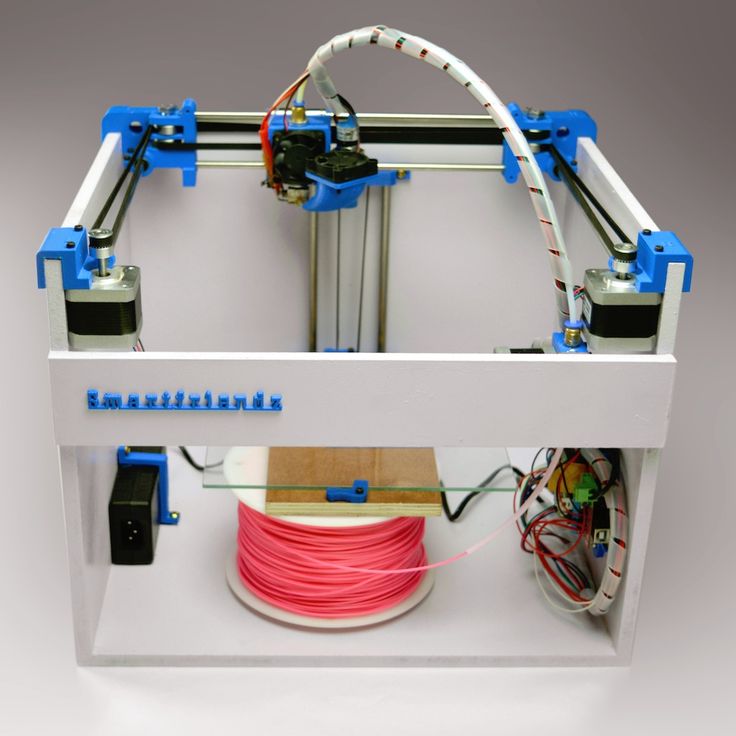 Most powders have a granule size of 40-80 microns. This determines the minimum layer thickness. Maximum thickness can reach 150 microns
Most powders have a granule size of 40-80 microns. This determines the minimum layer thickness. Maximum thickness can reach 150 microns - Print speed: For ideal results, print speed should not exceed 70 mm/s
Printing powder, predominantly nylon. The laser fuses it layer by layer, while the platform gradually sinks down. With this printing method, no support material is required, since the powder that remains on the platform around the product itself performs the function of support. When people hear "laser sintering", they immediately imagine the process of fusing metals. However, the Sintratec 3D printer does not print with metal powders. As Dominic Solensky explains:
“Printing with metals is incredible. However, it is very dangerous, requires an inert atmosphere and safety precautions, which will immediately affect the final cost of a 3D printer.”
Sintratec hopes that the 3D Printer DIY Kits will cost Indiegogo sponsors a reasonable €3,999 ($5,277) or so, although this would require the company to sell at least 60 Indiegogo 3D printers or raise €240,000.
Below is a video showing the Sintratec 3D printer in action:
Article prepared for 3DToday.ru
Article comments
More interesting articles
five
Subscribe to the author
Subscribe
Don't want
Alexander Gessler wrote a small handy program to convert 40+ 3D file formats (OBJ, S...
Read more
3
Subscribe to the author
Subscribe to the author
Don't want to
More and more RepRap 3D printers based on modeling technology appear on the market today
Read more
3
Subscribe to the author
Subscribe
Don't want
Not so long ago we talked about an interesting engineering and architectural project that is directly related to.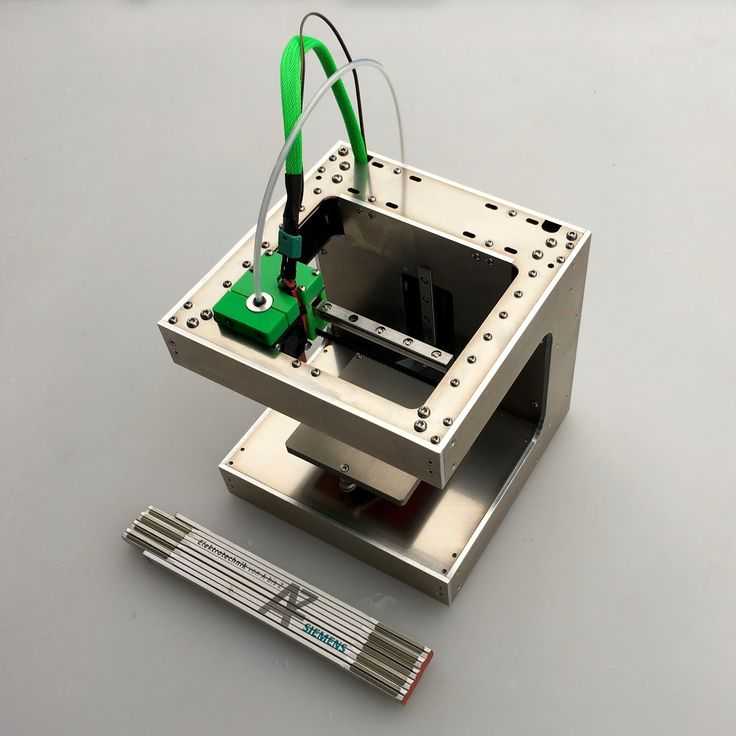 ..
..
Read more
Read blogs
The best 3D printers for home, office or studio
How often have you thought about buying a 3D printer? There is nothing surprising if such a thought periodically visited you. Today, 3D printing has gone beyond the geek toy it once was, and the 3D printer has become a truly useful device for many creative people. Such printers can be used not only to produce parts for all kinds of design projects, but also to print useful home appliances. In addition, the ability to print with consumables such as metal, rubber, or even biodegradable filaments means that finished products will be strong and durable. And if you are an experienced 3D artist or designer, you can combine your skills and the capabilities of a 3D printer to the maximum. nine0003
Be aware that not all 3D printers work the same way. Some use spools of plastic filament that is heated like a hot glue gun and then laid out in layers on the print bed. The print quality of such devices can be good, but some manual processing is often required to smooth out the layer lines. Some printers use an LCD screen to shine light on the resin, while other printers use a laser to harden the melted resin. nine0003
Some printers use an LCD screen to shine light on the resin, while other printers use a laser to harden the melted resin. nine0003
If you do not want to do modeling, then the abundance of marketplaces with ready-made 3D models will allow you to get good results. Thingiverse, CG Trader and many other sites offer all sorts of models in .stl format that you can print with just a few clicks. Very often you can find free models.
Anycubic Vyper
Budget printer with good features
Price: $399.
Print volume: 245x245x260 mm. nine0105 Layer thickness: 100 µm.
Pros:
- self-levelling bed included,
- excellent level of detail,
- good print speed.
Cons:
- the need for self-assembly.
Anycubic's 3D printers are all good options, but as the most affordable FDM printer, the Vyper is the best deal. It has features not found in more expensive options, and produces prints with great detail and clarity, while doing so with minimal noise.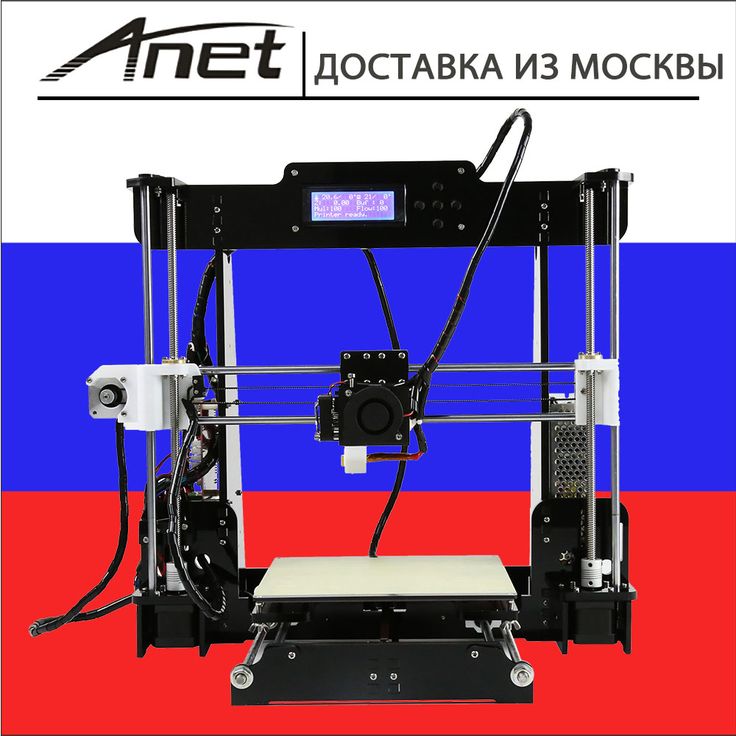 The heated self-levelling print bed is a great feature, but adding a magnetic spring steel sheet to make it easier to remove prints is a win-win. nine0003
The heated self-levelling print bed is a great feature, but adding a magnetic spring steel sheet to make it easier to remove prints is a win-win. nine0003
Ultimaker S3
Best solution for general 3D printing tasks
Price: $4,080.
Print volume: 230x190x200 mm.
Layer thickness: 20 µm.
Pros:
- double extruders make life easier,
- is an excellent heated self-leveling build platform.
Cons:
- not the cheapest option,
- noise level is higher than some other printers. nine0018
Ultimaker printers come in a variety of sizes and capabilities, but the Ultimaker 3 is the model we deliberately included in our list of the best 3D printers. A 3D printer has most of the features you want from larger brethren, including dual extruders and nozzles of various sizes. This means that you can print models that would be difficult to print using PVA plastic, which dissolves in water. The Ultimaker 3 also has a print progress camera, a great touch screen interface and a solid build. If you need to master large volumes of printing, then choose the advanced version, which is a little more expensive. nine0003
The Ultimaker 3 also has a print progress camera, a great touch screen interface and a solid build. If you need to master large volumes of printing, then choose the advanced version, which is a little more expensive. nine0003
Elegoo Mars 2 Pro
Best Resin Printing Solution
Price: $329.99.
Print volume: 129x80x160 mm.
Layer thickness: 50 µm
Pros:
- excellent print quality at a reasonable price,
- fast printing at 1-2 seconds per layer.
Cons:
- self assembly required,
- Printing smoke can be annoying. nine0018
Elegoo is relatively new to the 3D printing market, but the original Mars printer made a good impression on the community. Mars 2 Pro only confirms the serious intentions of the manufacturer. The new 6” screen prints a layer in less than 2 seconds with no loss of clarity or blur, making this 3D printer one of the fastest resin printers around. In terms of prototyping speed, it's hard to beat unless you need larger objects, as the only real downside to the Mars 2 Pro is the small amount of printed assembly. Smoke when printing is typical for this type of printer. nine0003
In terms of prototyping speed, it's hard to beat unless you need larger objects, as the only real downside to the Mars 2 Pro is the small amount of printed assembly. Smoke when printing is typical for this type of printer. nine0003
Makerbot Replicator+
Universal 3D printer with FDM
Technology: 4500 dollars
Press volume: 295x195x165 mm
The thickness of the
PLASS:
- Gather
- a lot of options for connection.
Cons:
- takes up more space than most competitors,
- is not the cheapest option.
Makerbot has been around for a long time and is probably the best-known manufacturer of consumer 3D printers. Even Anna Kendrick used it in space in the movie Stowaway. Experience in this area has allowed Makerbot to maintain a similar area to previous models, but increase the volume of printing and reduce the noise level. This model provides a large number of connectivity options, including Wi-Fi. The Makerbot Replicator+ even has a camera so you can watch what's going on remotely. Printing results are good and need only a little manual refinement, because this is an FDM printer. The Replicator+ is a great and reliable option if you are looking to purchase a 3D printer for your home office, school or workshop. nine0003
The Makerbot Replicator+ even has a camera so you can watch what's going on remotely. Printing results are good and need only a little manual refinement, because this is an FDM printer. The Replicator+ is a great and reliable option if you are looking to purchase a 3D printer for your home office, school or workshop. nine0003
Anycubic Photon mono SE
Best choice for printing 3D miniatures
Price: $449.89
Print volume: 130x78x160 mm.
Layer thickness: 100 µm.
Pros:
- excellent level of detail,
- smooth surface.
Cons:
- The pairs of highlights during printing can be unbearable,
- resin is expensive. Anycubic's
Photo Mono SE is a great choice if you like custom toys, collectibles or action figures from PC games as the detail on this printer is fantastic. Like other monochrome printers, it is fast enough. It only takes about a second to print one layer.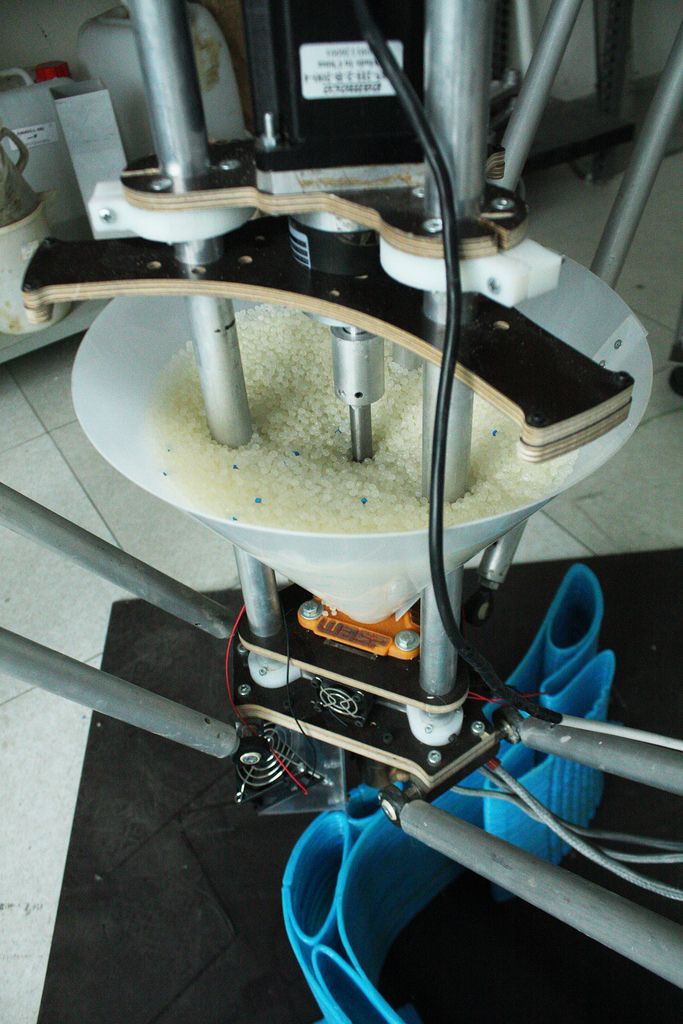 The resin may have an unpleasant odor, but you can place the printer under an air exhaust cabinet. This is a small sacrifice for such a productive machine, which is really worth the money spent. nine0003
The resin may have an unpleasant odor, but you can place the printer under an air exhaust cabinet. This is a small sacrifice for such a productive machine, which is really worth the money spent. nine0003
Markforged Onyx One
Best Metal Printer
Price: $4,794.
Print volume: 320x132x154 mm.
Layer thickness: 100-200 µm.
Pros:
- reliable and durable prints,
- all in one desktop case.
Cons:
- expensive,
- metal filament spools are expensive.
Onyx One prints out of durable metal, but the parts are actually carbon fiber. The main reason for choosing this technology is that although powdered metal filaments are available, they instantly destroy extruder nozzles, making the production of metal objects prohibitively expensive. Markforged solves this problem with a best-in-class desktop solution. So if you're looking for durable and reliable parts, this printer should be on your list.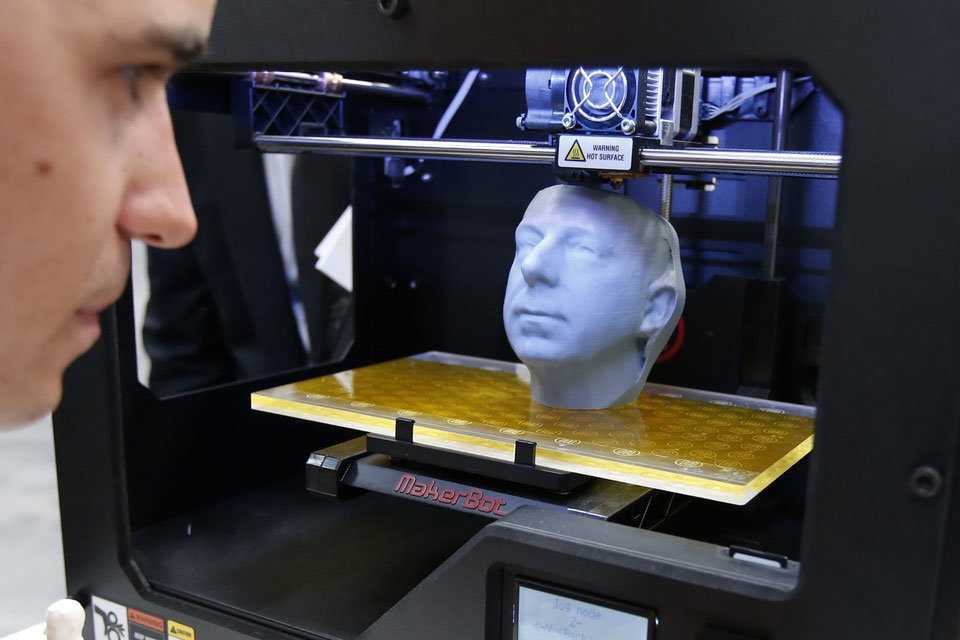 Just remember that a spool of filament can be quite expensive. nine0003
Just remember that a spool of filament can be quite expensive. nine0003
Creality Ender 3
Best Budget FDM 3D Printer
Price: $223.
Print volume: 220x220x250 mm.
Layer thickness: 100 µm.
Pros:
- high quality components,
- ease of use.
Cons:
- open chassis,
- The typing sound can be quite loud.
Ender's range of 3D printers is known for its superior performance at an affordable price. And Ender 3 is a perfect example of this. At this price, you would think that Black Friday lasts all year round. Creality has somehow managed to inject some of the highest quality components into Ender 3. The printer comes in kit form, which may not be to everyone's liking, but the assembly process actually gives you a good idea of how the printer works and can help with troubleshooting if there are any in the future. nine0003
Formlabs Form 3
Best SLA Printer
Price: $3499.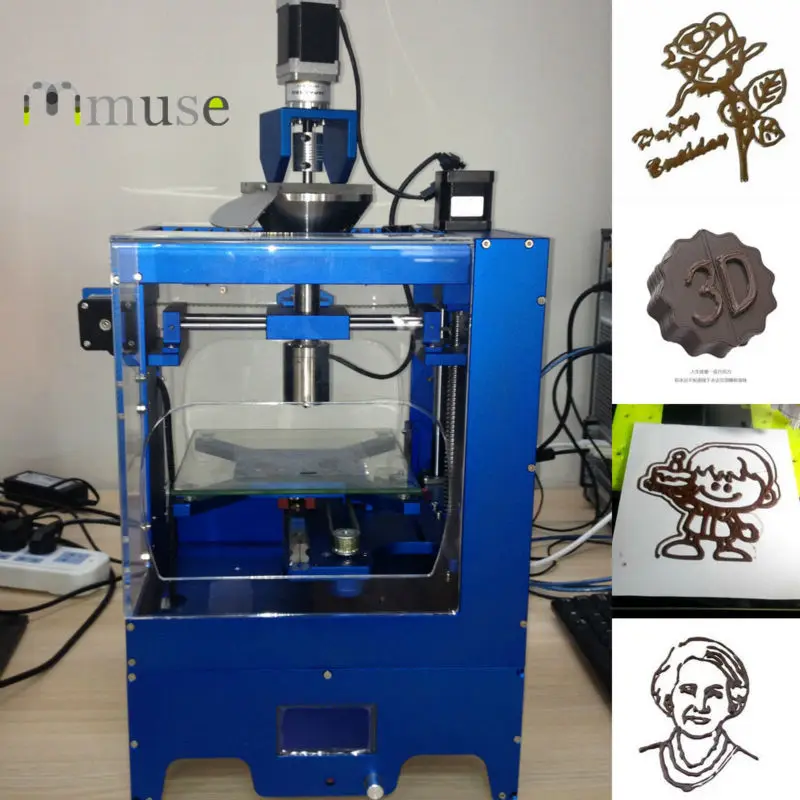
Print volume: 145x145x185 mm.
Layer thickness: 15 µm.
Pros:
- easy replacement of material cartridges,
- No layer visibility.
Cons:
- expensive,
- additional costs for obtaining a medical version.
Formlabs Form 3 and its predecessor Form 2 set the benchmark for SLA printers (3D printing technology based on the layer-by-layer curing of a liquid material under the action of a laser beam). And the FormLabs Form 3 is by far the best printer on the market. This is a rather expensive product, but the quality of the results speaks for itself. Products are obtained with invisible layers, and the printer itself is equipped with a system that allows you to remove the finished product without the use of cutters. In addition to the impeccable print quality, the big advantage here is the ease of use. Changing media is as easy as replacing a cartridge on a conventional printer. For a little more, you will have access to biomaterials for use in dentistry and medicine. Oh, and the PreForm software is simple and intuitive too. nine0003
Oh, and the PreForm software is simple and intuitive too. nine0003
3Doodler
Best Portable 3D Printer
Price: $49.99.
Pros:
- you can take it anywhere,
- no print volume limit.
Cons:
- expensive consumables,
- print quality is up to you.
One of the biggest limitations for 3D printing is the fixed volume. But since 3Doodler is a 3D printing pen, here you can print projects of any size. The cost of consumables can be quite high, especially if you are trying to model a car in 1:1 scale. What's more, it's fantastic fun to pick up a pen from a table top and draw lines in the air with plastic ink. The threads come in different colors, so you can consider it an added plus. But the downside is that you will have to rely only on yourself for printing accuracy, since the extruder is entirely in your hands, and not on rails. Several models are available, including 3Doodler Start (for kids) and a Pro version.


